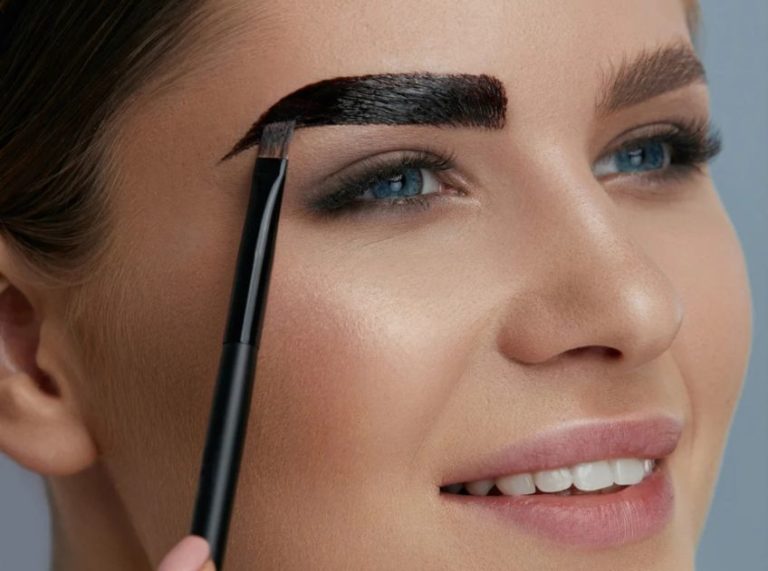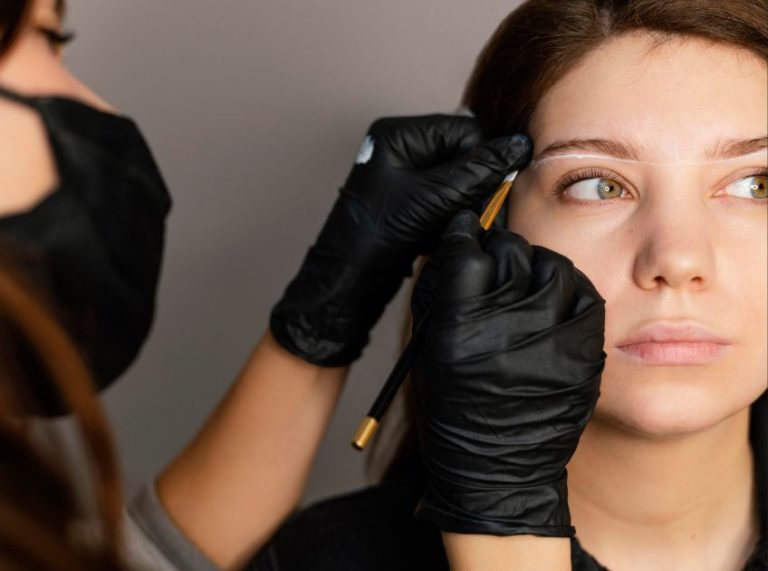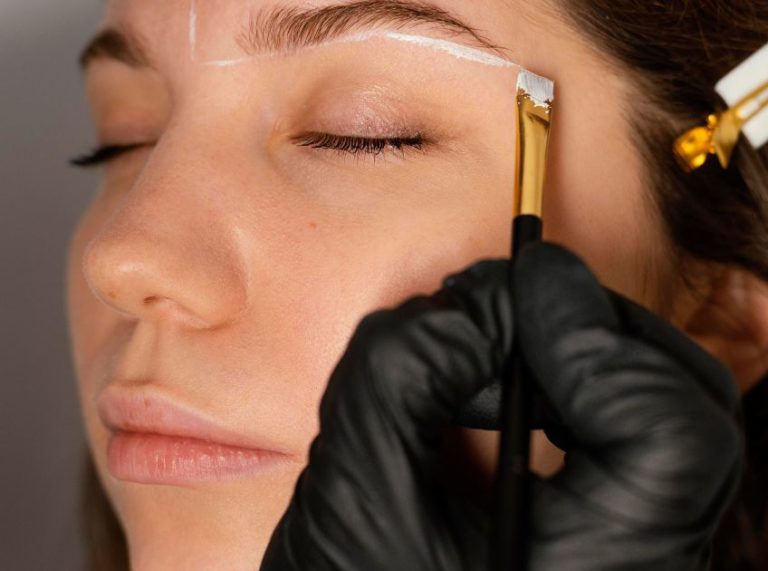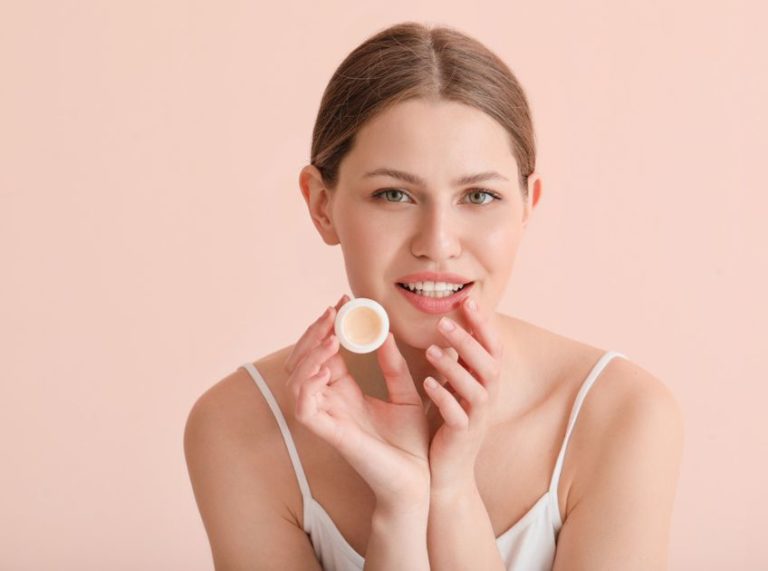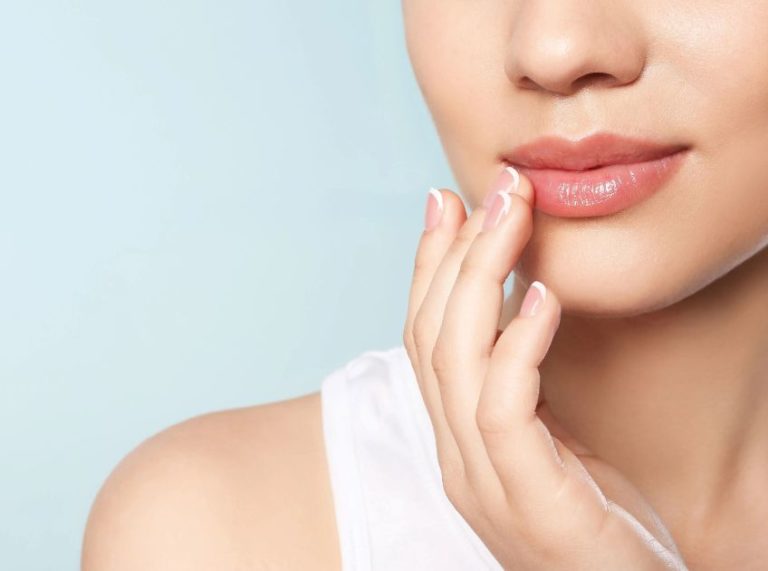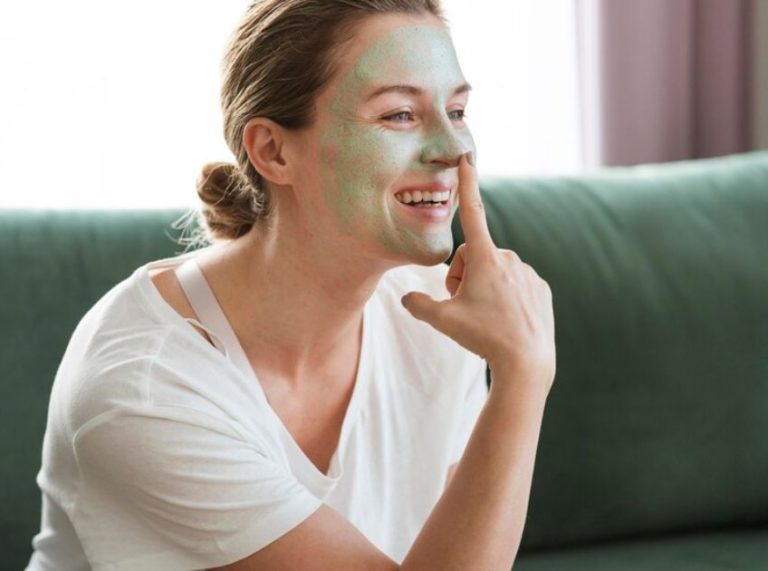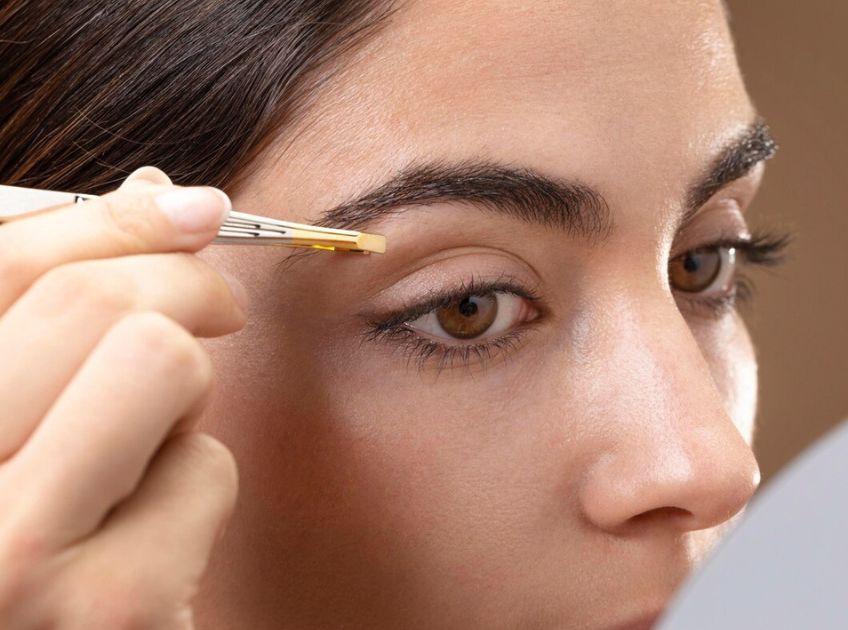
Important: This article is for informational purposes only. Please read our full disclaimer for more details.
Your eyebrows frame your face, enhance your expressions, and have the power to completely transform your overall look. But when it comes to shaping them, a single wrong move can throw off your entire facial symmetry. Whether you pluck, wax, thread, or trim, there are several common mistakes people make — often unknowingly — that lead to uneven, over-thinned, or unnatural-looking brows.
In this expert-backed guide, we’ll walk you through the most common eyebrow shaping mistakes, explain why they happen, and share tips to achieve full, natural, and perfectly groomed brows.
7 Brow Shaping Mistakes That Could Ruin Your Look
Even the smallest brow blunder can have a big impact on your appearance. Here are the top mistakes to avoid — and what to do instead:
1. Over-Plucking Your Brows
The most common mistake is over-tweezing in an attempt to achieve super-thin brows. Unfortunately, once eyebrow hair is overplucked, it doesn’t always grow back evenly.
- Why It Happens: Many people try to create an arch that doesn’t suit their natural brow shape.
- The Fix: Follow your natural brow line and only remove stray hairs outside that area.
- Expert Tip: According to the American Academy of Dermatology, repeated trauma to hair follicles from over-plucking can lead to permanent thinning (1).
2. Ignoring Your Natural Brow Shape
Not everyone is meant to have the same brow shape. Trying to force a sharp arch when you naturally have softly curved brows can make your face look unbalanced.
- Why It Happens: People often follow trends without considering their unique facial structure.
- The Fix: Choose a shape that complements your natural bone structure. A professional consultation can help you find what works best for you.
3. Starting the Brow Too Far In or Out
Plucking too much from the inner corners or extending brows too far outward can distort your facial proportions.
- The Rule of Thumb
Use a straight object (like a makeup brush) to measure:- The start of your brow should align with the bridge of your nose.
- The arch should fall just above the outer edge of your iris.
- The tail should end diagonally from the corner of your nose to the outer eye.
Following these guidelines creates natural-looking, symmetrical brows.
4. Over-Trimming Your Brow Hairs
Trimming brows too short can make them appear sparse and uneven, especially when makeup settles into the gaps.
- Why It Happens: People try to create “perfectly tidy” brows but end up cutting too much.
- The Fix: Use a spoolie brush to comb brow hairs upward and trim only the tips that extend beyond your natural shape.
5. Choosing the Wrong Brow Product Shade
Using a color that’s too dark or too light can make your brows look unnatural and harsh.
- The Ideal Shade
- For dark hair, choose a brow product one to two shades lighter.
- For blonde or light hair, go one shade darker for definition.
- Science Insight: A study in the Journal of Cosmetic Dermatology found that balanced eyebrow color plays a significant role in facial harmony and attractiveness (2).
6. Over-Filling Your Brows
Bold brows are trendy, but over-filling them can make them look blocky and artificial.
- Why It Happens: Applying too much product without blending creates harsh lines.
- The Fix: Use light, feathery strokes with a pencil or brow powder and blend well with a spoolie for a softer, natural look.
7. Skipping Professional Brow Mapping
DIY brow shaping often goes wrong when people don’t map out their brows before plucking or waxing.
- Why It Matters: Brow mapping ensures that both brows are symmetrical and complement your facial proportions.
- The Fix: If you’re unsure about your brow shape, seek professional help at least once. After that, you can maintain the shape at home.
What Science Says About Brow Symmetry and Attractiveness
Research published in the Journal of Aesthetic Plastic Surgery highlights that eyebrow symmetry and proportion are critical to perceived facial attractiveness (3). Over-tweezing, incorrect shaping, or mismatched color can significantly affect how balanced and youthful your face looks.
Frequently Asked Questions (FAQ’S)
1. How often should I shape my brows?
A. Every 2 to 4 weeks is ideal, depending on your hair growth cycle. Overdoing it can cause thinning and unevenness.
2. Is threading better than waxing for brows?
A. Threading offers more precision and is gentler on sensitive skin, while waxing works well for thicker brows and faster results.
3. Can eyebrow hair grow back after over-plucking?
A. Yes, but it depends on how often and how aggressively you’ve plucked. In some cases, hair follicles may become permanently damaged.
Beautiful, well-shaped brows are about enhancing your natural features, not chasing trends. Avoiding these common mistakes — from over-plucking to mismatched shades — can help you achieve balanced, symmetrical, and natural-looking brows.

